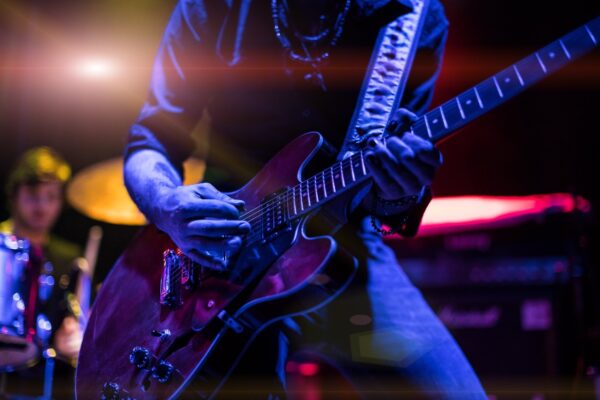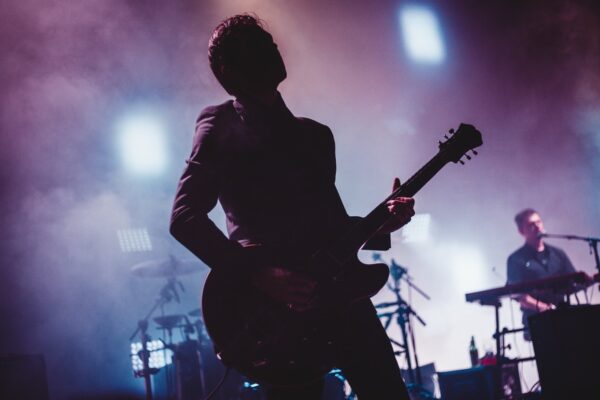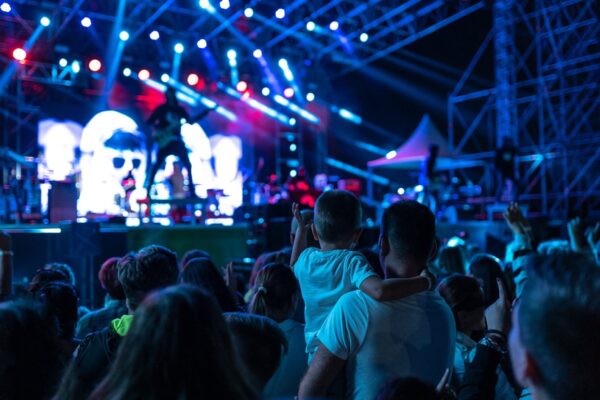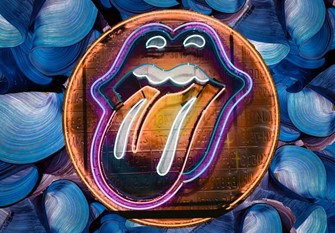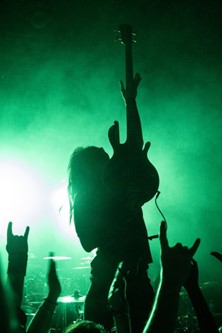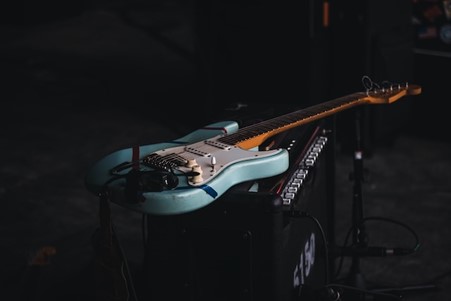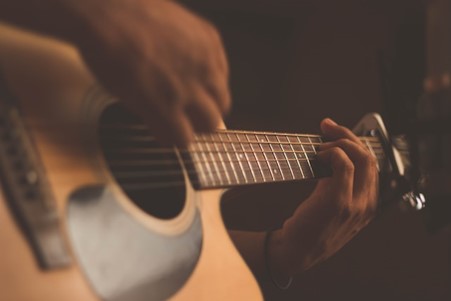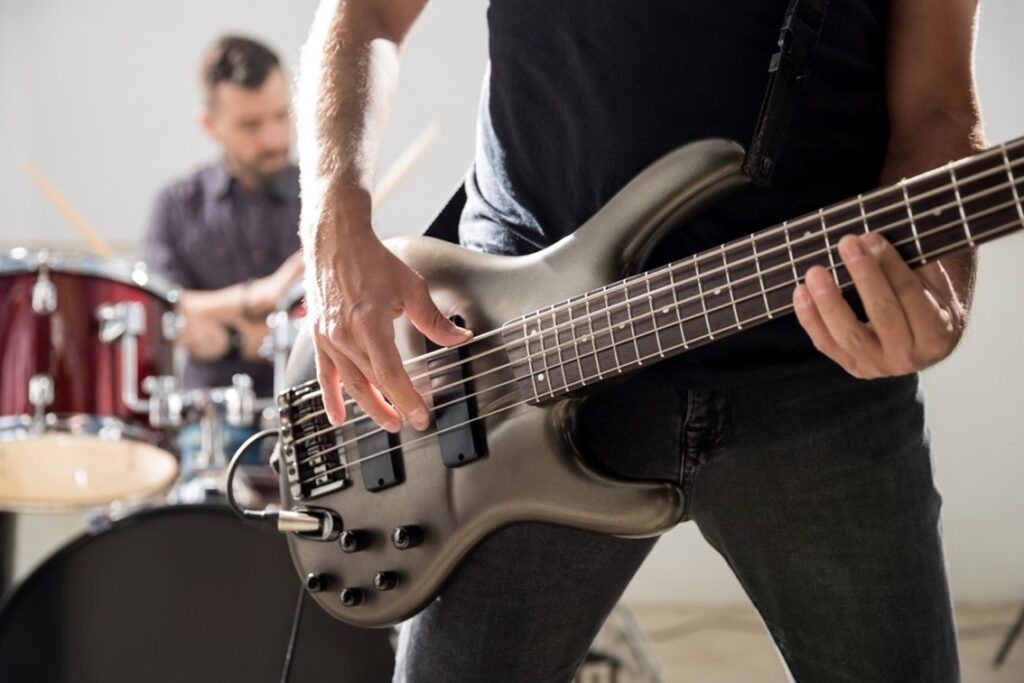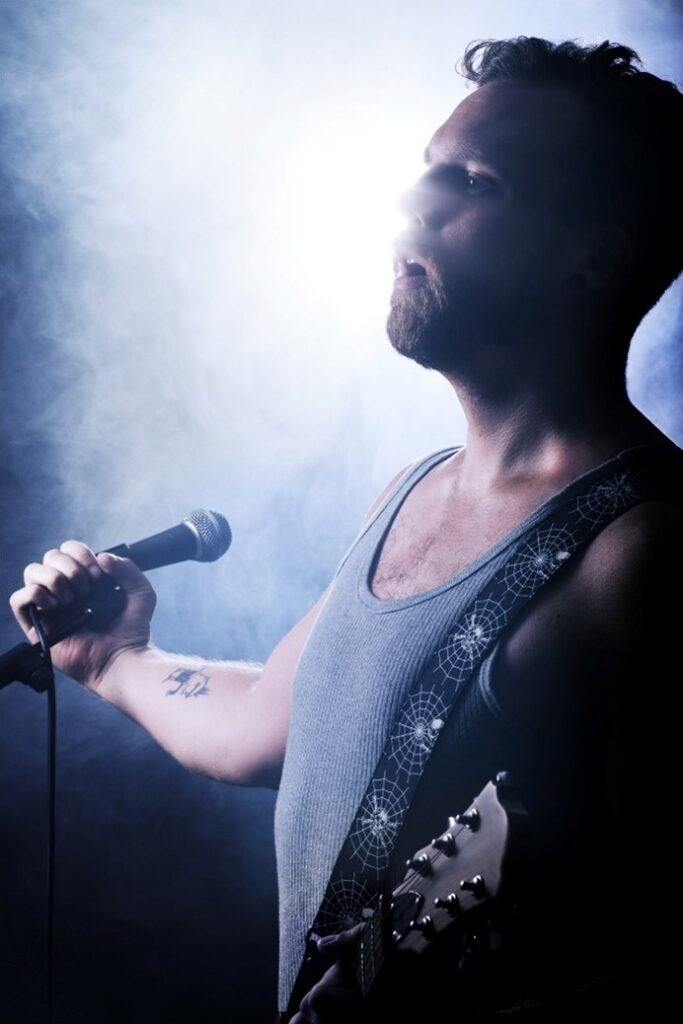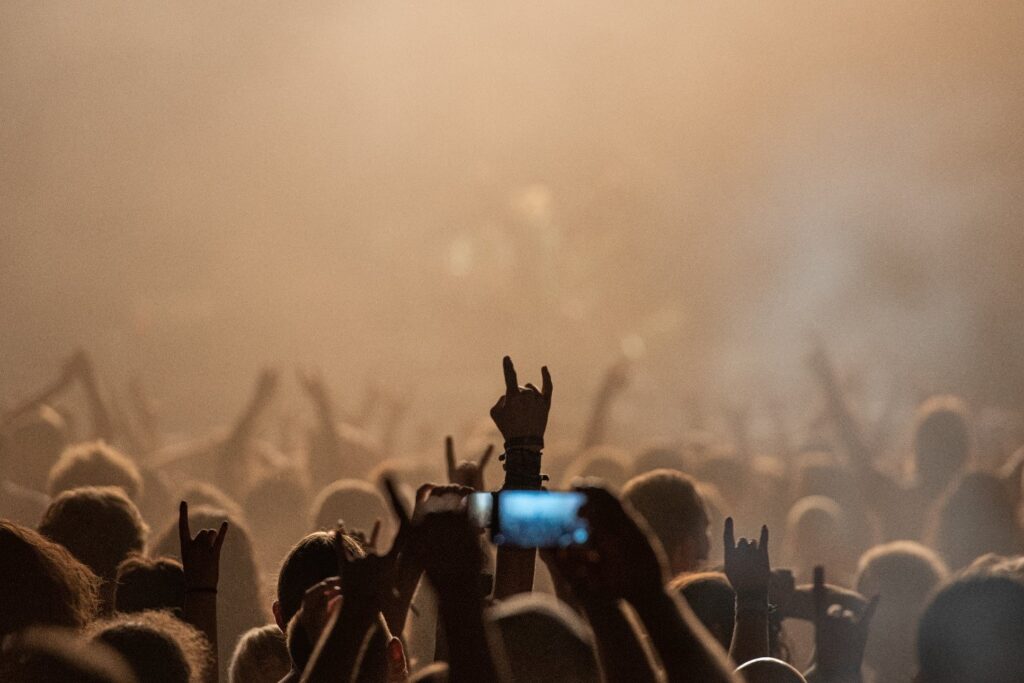
Gerard Zappa, a seasoned musician known for his role in shaping the sounds of modern rock, has seen firsthand how fans have fueled rock and roll’s enduring cultural influence. From its inception, rock and roll has been more than just music; it’s been a social movement, a form of expression, and a source of empowerment for generations. The genre’s ability to spark revolutions in sound, style, and even politics owes much to the passionate support of its fanbase. Fans have not only consumed rock music but have actively shaped its direction, turning concerts into rallies and records into anthems for change.
The Early Days: Fans as Catalysts of Change
In the 1950s, when rock and roll first emerged, it was a cultural force that disrupted the norms of American society. Teenagers were the driving force behind its rise, seeking music that spoke to their sense of rebellion and dissatisfaction with the status quo. Artists like Chuck Berry, Elvis Presley, and Little Richard may have been the pioneers, but it was their fans who gave life to the movement. These young listeners were rejecting the conservatism of the post-war era, and their love for this new, energetic sound was about more than entertainment—it was about forging their own identity.
The rock and roll fanbase was crucial in breaking down racial barriers in America. At a time when segregation was still the law of the land, rock music, deeply rooted in African American rhythm and blues, became a unifying force. Fans of all races came together to celebrate the music, attending concerts and buying records that transcended racial divides. This fan-driven integration played a significant role in altering the cultural landscape of the United States, proving that music could be a catalyst for social change.
The 1960s: Fans as Drivers of Social Movements
As rock and roll evolved in the 1960s, so too did its role in society. The music became a vehicle for political and social commentary, and its fans became an essential part of the counterculture movement. Artists like Bob Dylan, The Beatles, and Jimi Hendrix didn’t just create music; they created soundtracks for social revolution. The Vietnam War protests, the civil rights movement, and the push for greater personal freedom all found their voice in rock music, and it was the fans who amplified that voice.
Rock fans in the 1960s were not passive listeners. They became activists, using the music as a rallying cry for causes they believed in. From Woodstock to the marches on Washington, rock concerts became stages for political expression, and the energy of the crowd was as important as the performance on stage. Fans turned rock music into an outlet for their frustrations, hopes, and dreams, helping to transform it into a powerful tool for social change. Their passion ensured that rock and roll was not just about entertainment; it was about making a statement.
The Global Reach: Fans as Cultural Ambassadors
The impact of rock and roll was not confined to the United States. As the genre spread across the globe, its fanbase grew, becoming a unifying force in countries as diverse as the UK, Japan, and Brazil. In the 1960s, the British Invasion, led by The Beatles and The Rolling Stones, captured the hearts of American fans, creating a transatlantic cultural exchange. British rock bands, heavily influenced by American blues and rock and roll, brought the music back across the pond, where it evolved into something even more powerful. The fans on both sides of the Atlantic became cultural ambassadors, sharing their love for rock music and, in the process, shaping global youth culture.
In the decades that followed, rock music and its fans played pivotal roles in political movements worldwide. In Eastern Europe, for example, rock and roll became a symbol of resistance against Soviet rule. Bands like The Rolling Stones and Pink Floyd were smuggled in on bootlegged records, and their music inspired a generation of young people yearning for freedom. Fans risked their safety to listen to these records and organize underground concerts, proving that rock music could be a form of rebellion against oppressive regimes.
This global movement of rock fans helped turn the genre into a universal language of defiance and unity. From apartheid protests in South Africa to the anti-Pinochet resistance in Chile, fans used rock music to speak out against injustice and demand change. This global exchange of music and ideas cemented rock’s place as a force for social and cultural transformation, with fans leading the charge.
The 1970s and 1980s: Fans as Gatekeepers of Authenticity
In the 1970s and 1980s, rock and roll continued to evolve, and its fanbase became increasingly influential in defining the genre’s authenticity. As new subgenres like punk rock, heavy metal, and glam rock emerged, fans became gatekeepers of what was considered “true” rock. They embraced the raw, unpolished energy of bands like The Ramones and Sex Pistols, rejecting the commercialization of rock by large record labels. These fans were fiercely protective of the genre’s rebellious roots and played a crucial role in keeping rock music connected to its countercultural spirit.
Punk rock, in particular, was a fan-driven movement. The genre’s DIY ethos—making music without the backing of major labels—reflected the fans’ desire for authenticity and independence from mainstream music. Punk fans created their own zines, organized their own shows, and supported bands that shared their values. This grassroots approach not only shaped the sound of punk rock but also its culture, ensuring that the genre remained a space for rebellion and self-expression.
Heavy metal fans, too, became an integral part of the genre’s growth and evolution. Known for their fierce loyalty, they supported bands like Black Sabbath, Metallica, and Iron Maiden through their dedication to live shows and album purchases. This fanbase ensured that heavy metal, like punk rock, maintained its authenticity and continued to thrive even as mainstream tastes shifted.
The Digital Age: Fans as Curators of Rock’s Legacy
Today, rock and roll fans continue to play an essential role in shaping the genre’s cultural impact. In the digital age, they act as curators of rock’s vast history, keeping the music alive for new generations through streaming services, social media, and fan communities. Platforms like YouTube and Spotify have given fans unprecedented access to decades of rock music, from rare live performances to obscure tracks. Fans have embraced these tools to celebrate the genre’s legacy, sharing playlists, creating tribute videos, and organizing virtual concerts that bring the global rock community together.
While rock’s prominence in mainstream charts may have diminished in recent years, its fanbase remains as passionate as ever. These fans have ensured that rock music continues to influence contemporary artists across genres, from pop to hip hop. The spirit of rock and roll—the desire to push boundaries, speak out against injustice, and create something real—lives on through the fans who refuse to let the music fade into the background.
The enduring influence of rock and roll is, in many ways, a testament to its fans. Through their unwavering support, they have kept the genre alive, helping it to evolve while staying true to its rebellious roots.

